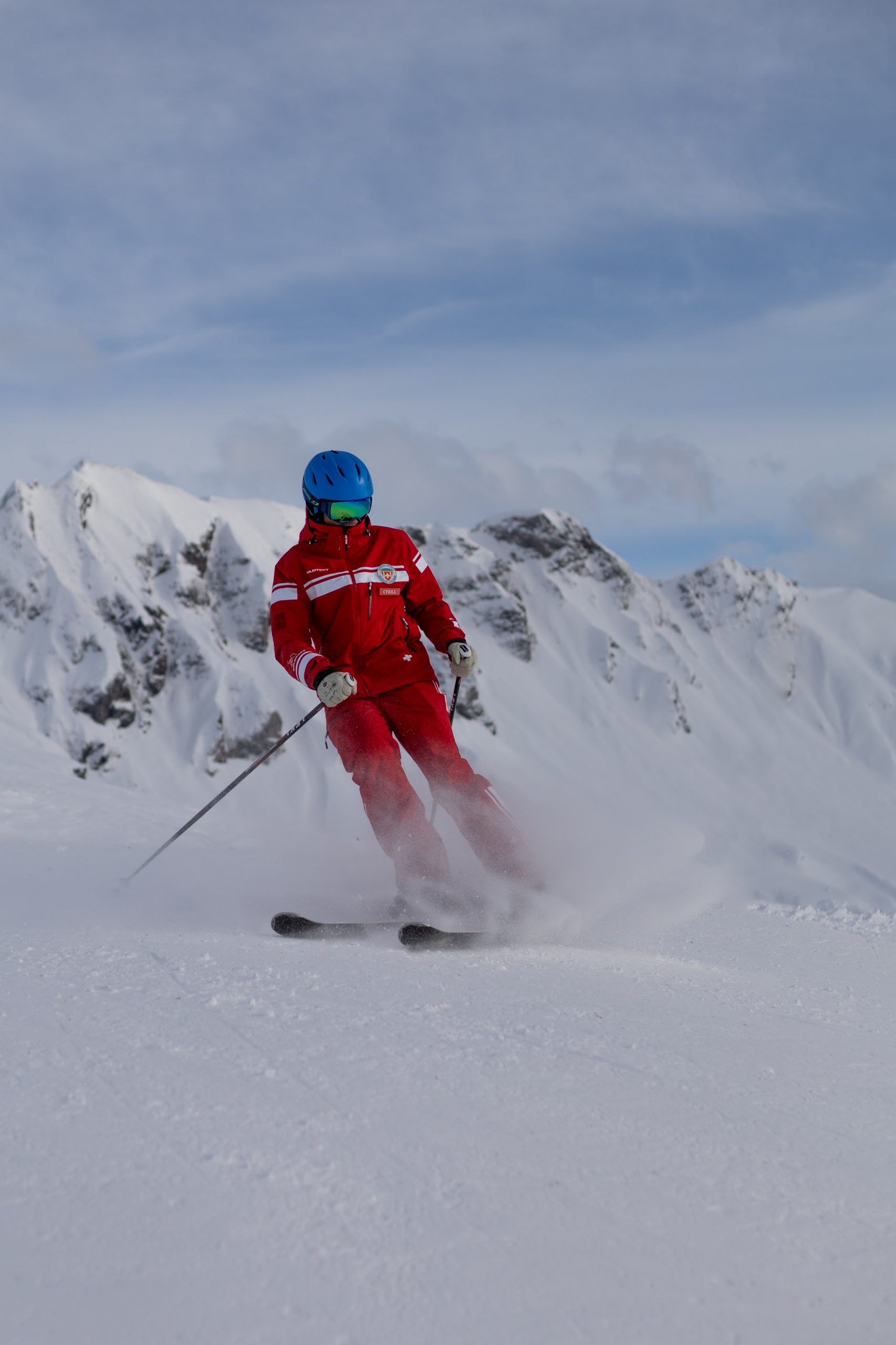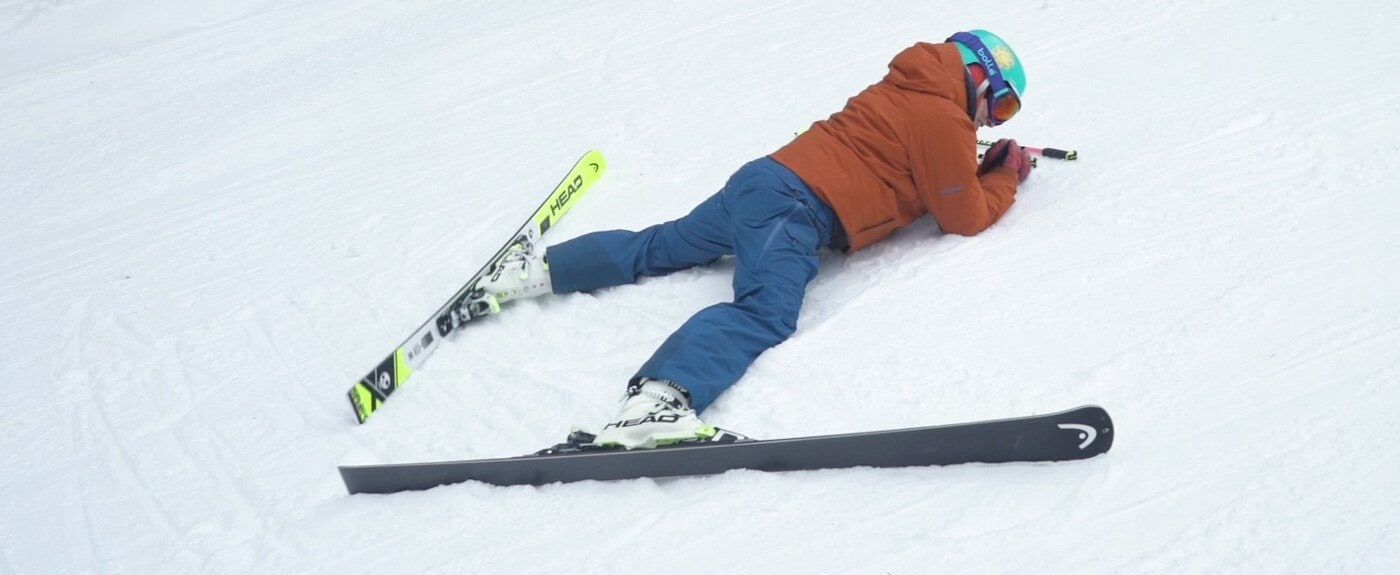marzNC
Angel Diva
Becoming a ski instructor after age 60 . . . in Europe. He didn't ski for decades and wasn't an advanced skier as a young man.
May 2, 2022

 www.theguardian.com
www.theguardian.com
May 2, 2022

A new start after 60. ‘I’m a 64-year-old ski instructor – and it keeps me feeling young’
‘Sort of retired’ and looking for some excitement, Andy Walters realised he could turn his love of winter sports into a career



 .
.

